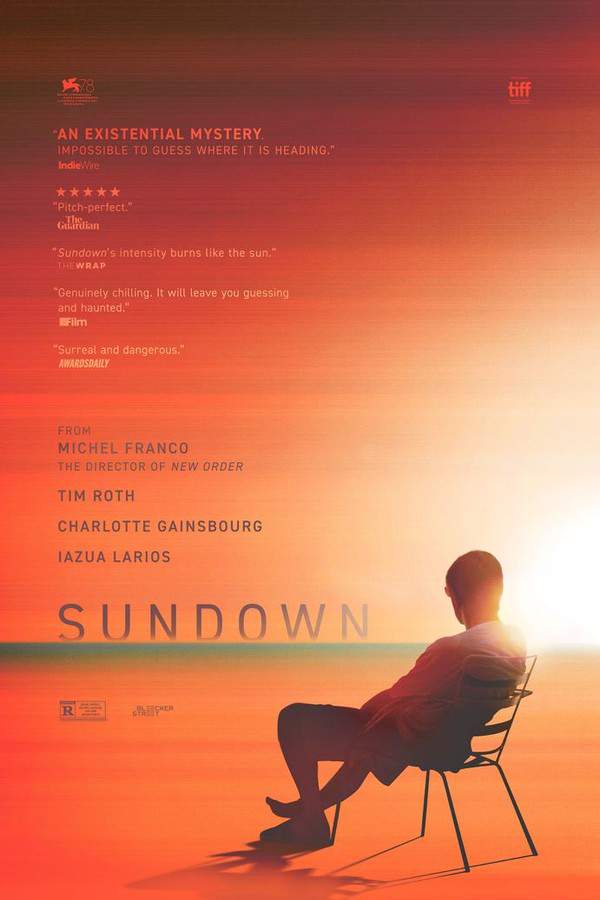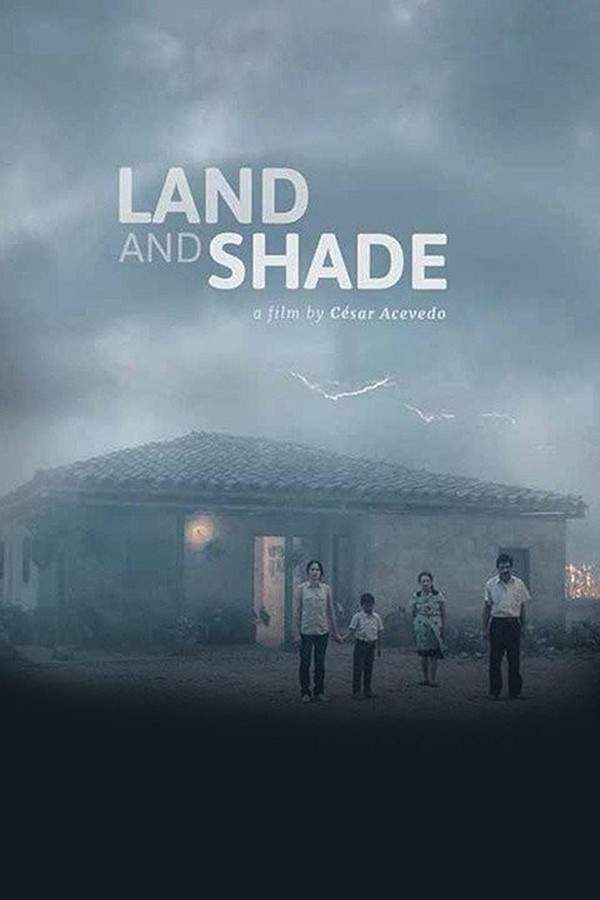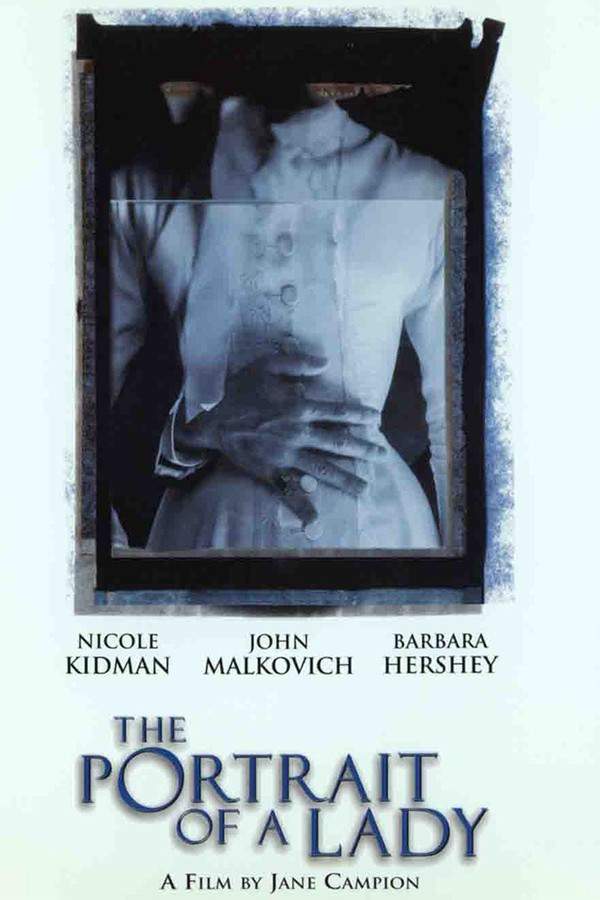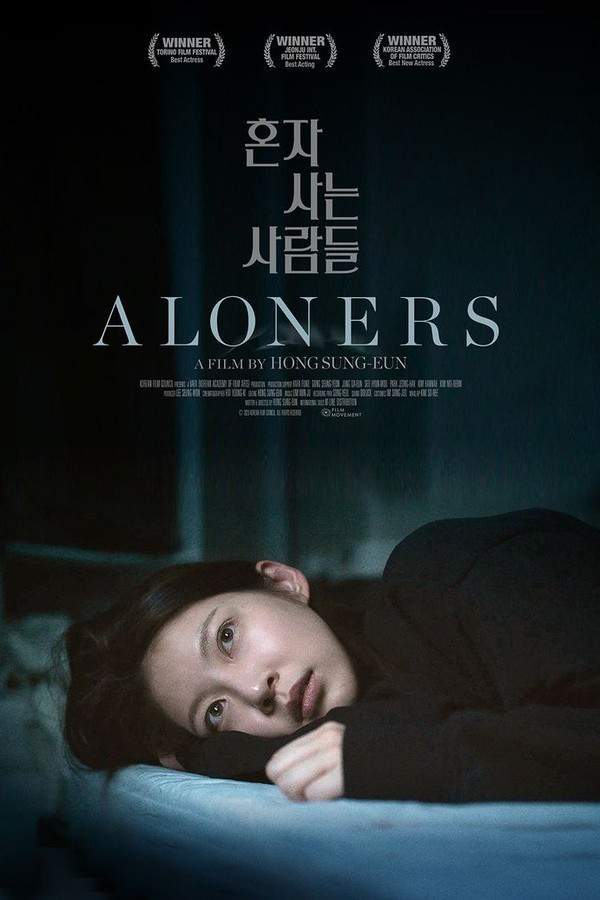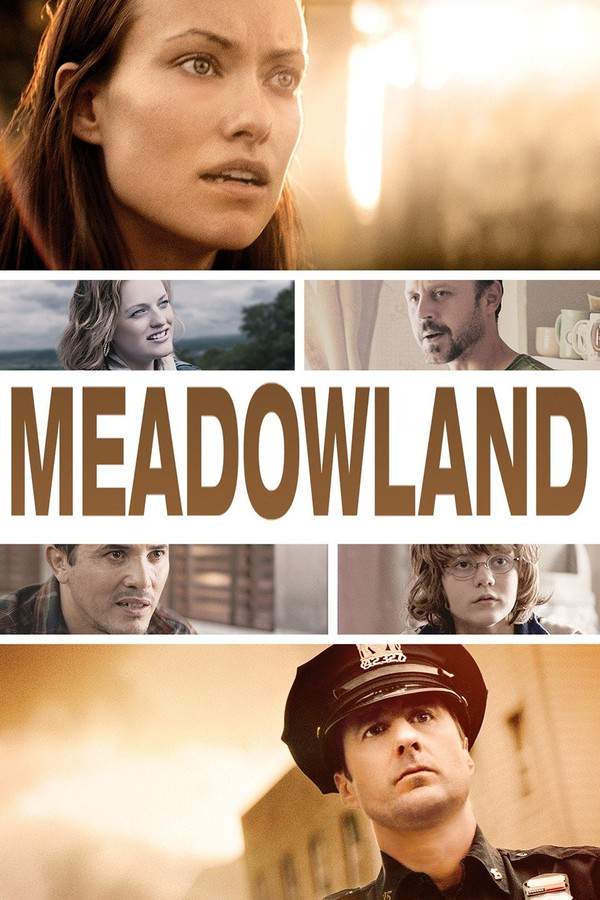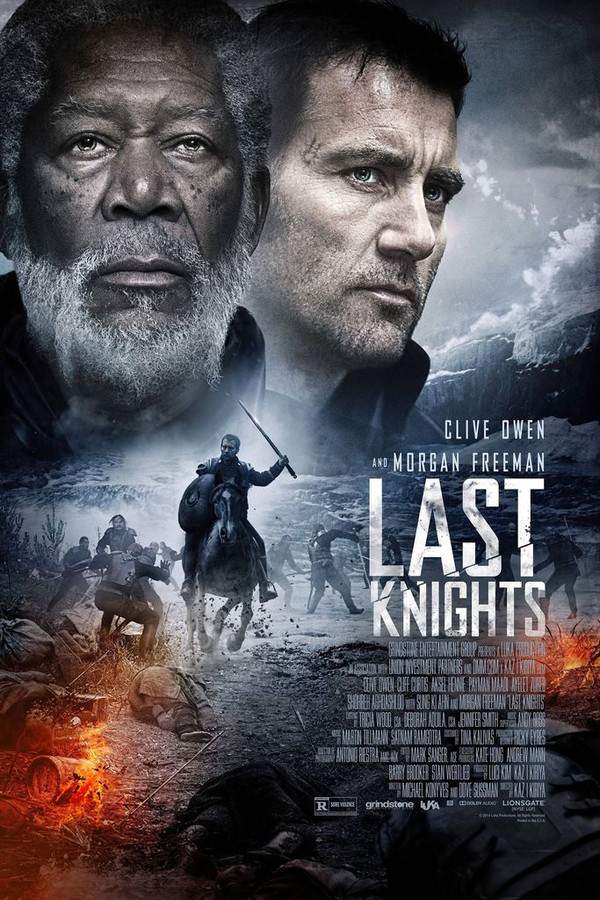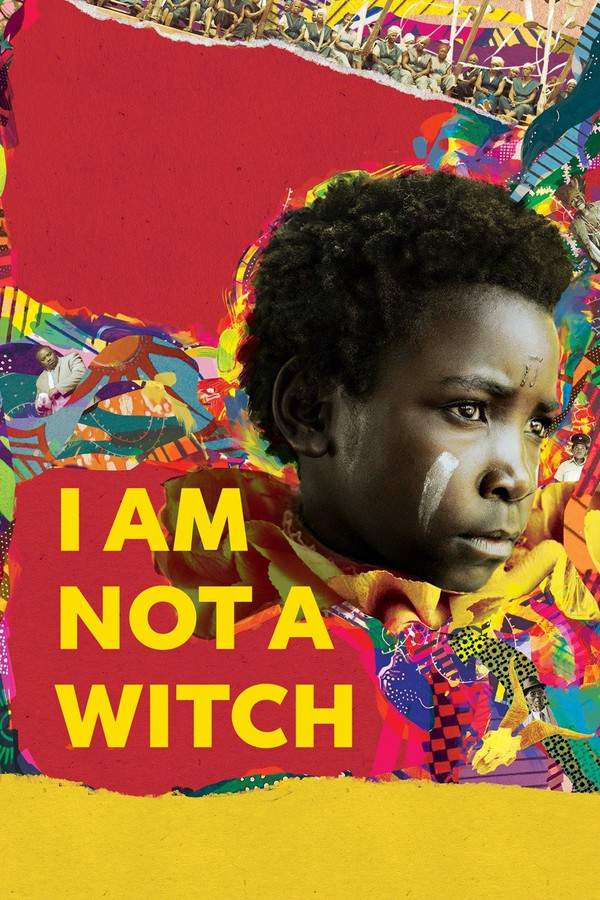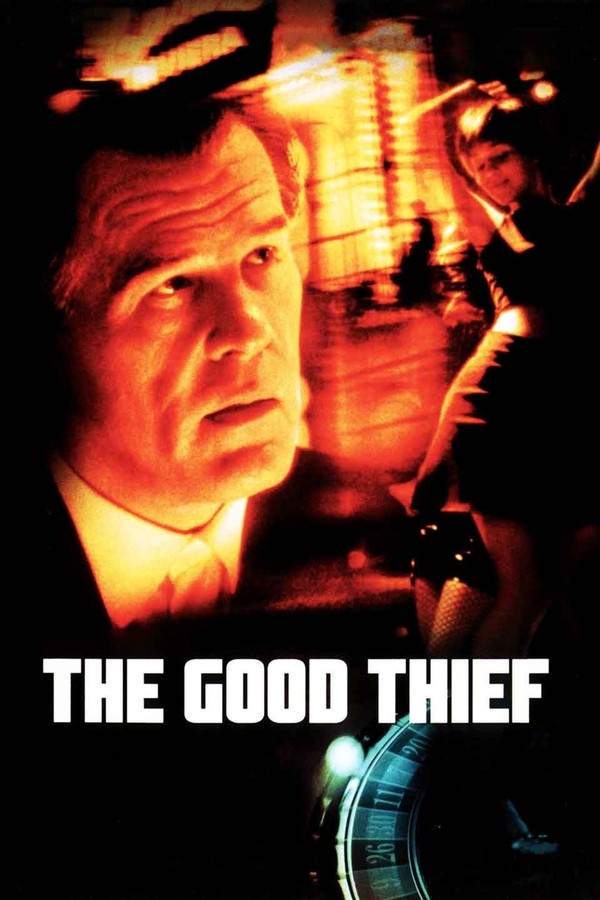
Harvest: 3,000 Years
Year: 1975
Runtime: 150 mins
Language: Amharic
Director: Haile Gerima
The film offers a meditative portrait of impoverished Ethiopian peasants, blending documentary footage with narrative storytelling. It follows their daily routines, labor and community bonds, letting the drama emerge from the enduring, persistent challenges that shape their lives.
Warning: spoilers below!
Haven’t seen Harvest: 3,000 Years yet? This summary contains major spoilers. Bookmark the page, watch the movie, and come back for the full breakdown. If you're ready, scroll on and relive the story!
Harvest: 3,000 Years (1975) – Full Plot Summary & Ending Explained
Read the complete plot breakdown of Harvest: 3,000 Years (1975), including all key story events, major twists, and the ending explained in detail. Discover what really happened—and what it all means.
Mirt Sost Shi Amit (Harvest: 3,000 Years) follows a poor peasant family in Ethiopia as they navigate a brutal, exploitative, and feudal system of labor. The film returns to its homeland to tell the tale with patient, observant detail, focusing on the everyday struggles that bind the family to the land and to those who wield power over it.
The story unfolds across a small rural landscape, moving from vignette to vignette as people scratch out a living under the watchful eye of a landowner who shouts orders from a chair outside his house. The world around them is defined by scarcity, work, and the constant reminder that wealth and privilege sit out of reach for most of the community.
Among the forces that shape this world, the landowner’s son, Adane Melaku, stands as a symbol of the social hierarchy, his presence underscoring the intimate link between authority and daily hardship. Nearby, a family tends cows and sells grass at the market in hopes of buying flour, illustrating how even small acts of commerce are braided into a larger cycle of inequality.
Kentu, the landowner’s devoted servant, carries his own unspoken longing for a different fate, while Kebebe—a man who lives under a bridge and is seen by locals as “mad”—returns again and again to challenge the landowner’s greed and the exploitation of workers, insisting on a voice for those who are routinely voiceless.
Beletch, the young daughter of the local family, toils hard with cattle and charcoal, and she resents the limits placed on her because she is a girl. She shares dreams that feel prophetic to her grandmother, Harege-Weyn Tafere in the role of Grandmother, whose visions hint at a future where oppression might be confronted and overturned. Beletch’s family life—her mother and father—plays a steady backdrop to these dreams, with Beletch’s mother, Kasu Asfaw, and father, Melaku Makonen, standing by her as the harvest approaches and the social climate grows tenser.
As the harvest finally arrives, the locals worry about getting their fair share while officials move through the fields with the harvest. Kebebe returns to the scene, pressing the landowner once more, and this time the confrontation ends in a brutal death for the landowner. The police arrive for Kebebe, only to discover that he has taken his own life, hanging by the bridge where he had lived. The tension between labor and authority intensifies, yet the harvest is carried away by officials, and there is no clear word about whether the people will receive the return they are owed.
Beletch’s brother, impulsively, chases after the cart as the scene grows more unsettled. The film closes with a stark, lingering montage: a chorus of people naming their jobs, set against images of harvested grain. The cycle of labor, hunger, resistance, and unresolved grievance lingers in the imagery, leaving the viewer to contemplate how a community endures and whether justice, even when momentarily achieved, can outlive the structures that shape it.
Last Updated: October 09, 2025 at 09:32
Explore Movie Threads
Discover curated groups of movies connected by mood, themes, and story style. Browse collections built around emotion, atmosphere, and narrative focus to easily find films that match what you feel like watching right now.
Meditative portraits of oppressive realities like in Harvest: 3,000 Years
Slow, observational films that immerse you in the weight of systemic hardship.Discover movies like Harvest: 3,000 Years that use a slow, observational style to explore harsh social realities. If you appreciated the meditative immersion into the lives of Ethiopian peasants, you'll find similar films here that focus on patient storytelling and the emotional weight of enduring hardship.
Narrative Summary
Narratives in this thread often unfold in a vignette-like structure, emphasizing daily routines and the cyclical nature of struggle over a traditional plot. The drama emerges from the persistent, unchanging challenges faced by characters, focusing on endurance and the bonds of community within an oppressive system.
Why These Movies?
Movies are grouped here for their shared meditative and somber mood, their slow, observant pacing, and their unflinching focus on depicting real-world social struggles with a heavy emotional weight and a gritty, patient tone.
Stories of endurance and unresolved injustice like Harvest: 3,000 Years
Heavy dramas where characters resist exploitation but change remains elusive.Find films similar to Harvest: 3,000 Years that explore themes of feudal exploitation, rural poverty, and quiet resistance. These movies share a heavy emotional weight and often ambiguous endings, focusing on community bonds and the tragic cycles of labor and social hierarchy.
Narrative Summary
The typical narrative follows a community or individual grappling with an entrenched power structure. Conflict is a slow-burning constant rather than a series of climaxes. Stories often end without clear resolution or justice, emphasizing the endurance of the oppressed and the tragic, repeating patterns of their lives.
Why These Movies?
These films are connected by their central focus on themes of exploitation and resistance, their straightforward narrative complexity, their heavy emotional weight stemming from tragic outcomes, and their tendency towards ambiguous endings that mirror unresolved real-world struggles.
Unlock the Full Story of Harvest: 3,000 Years
Don't stop at just watching — explore Harvest: 3,000 Years in full detail. From the complete plot summary and scene-by-scene timeline to character breakdowns, thematic analysis, and a deep dive into the ending — every page helps you truly understand what Harvest: 3,000 Years is all about. Plus, discover what's next after the movie.
Harvest: 3,000 Years Timeline
Track the full timeline of Harvest: 3,000 Years with every major event arranged chronologically. Perfect for decoding non-linear storytelling, flashbacks, or parallel narratives with a clear scene-by-scene breakdown.

Characters, Settings & Themes in Harvest: 3,000 Years
Discover the characters, locations, and core themes that shape Harvest: 3,000 Years. Get insights into symbolic elements, setting significance, and deeper narrative meaning — ideal for thematic analysis and movie breakdowns.

More About Harvest: 3,000 Years
Visit What's After the Movie to explore more about Harvest: 3,000 Years: box office results, cast and crew info, production details, post-credit scenes, and external links — all in one place for movie fans and researchers.








